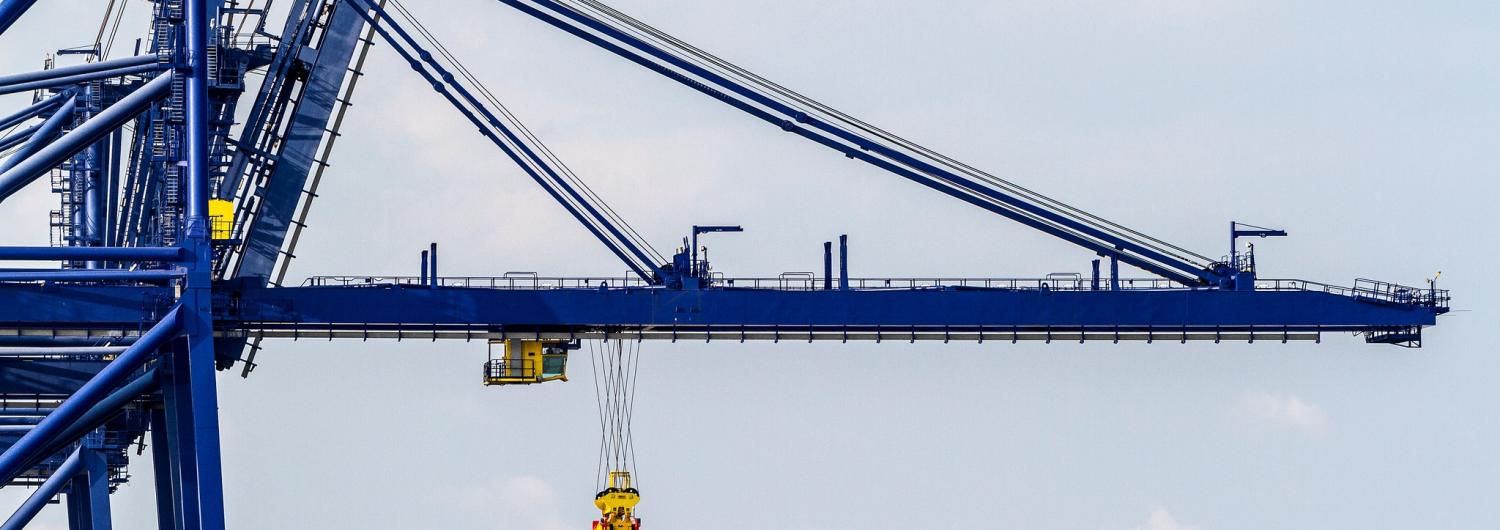Since Xi Jinping’s announcement of China’s Belt and Road Initiative (BRI) in 2013, much ink has been spilt trying to understand this policy platform that is centre stage right now with a Summit underway in Beijing. Commentators have described it as a program of economic statecraft, the forging of new global financial designs, a foreign policy agenda, the expansion of Chinese capitalism, a development strategy, the making of a new regional order, and even as a continuation of the spirit of the 1955 Bandung conference. We can debate the pros and cons of these views. More interesting is an approach that seeks to understand the geopolitical conditions and infrastructural forces that generate this proliferation of perspectives.
BRI is best known for infrastructure projects that enhance connections from China across Asia to Europe, and beyond to Africa, Latin America and Oceania. But the program has four other pillars: development; finance; trade; and cultural exchange. These objectives go some way towards explaining the diversity of expert opinion. Analyses that emphasise say culture or finance can take different paths from those that focus on foreign policy.
Most foreign policy analysts understand BRI as an expression of Chinese grand strategy. Prevailing views of China as an authoritarian party-state mean that the country is seen as a unified Westphalian power, clinging to norms of sovereignty and territorial integrity. BRI becomes the projection of this coherent power on the global stage, whether understood as the continuation or disruption of international order.
Debates about whether or not a nation should join BRI thus take the form of a cost benefit analysis articulated around questions and trade-offs. Will it increase exports to China? What are its implications for US relations? Will a seat at the table allow us to shape the initiative bilaterally?
Such questions reflect established and powerful ways of doing international politics. But they do not necessarily capture the transformative dimensions of BRI. Two areas of change stand out: state transformation and the role of large technical systems.
State transformation refers to processes of fragmentation, decentralisation, and internationalisation that affect the functioning of states both within and beyond their borders. Since the opening of the reform era in China, state transformation has involved the devolution of authority and resources to subnational actors, including provincial governments, and divestment of power and control to private and semi-private entities. Many previously domestic agencies in China have developed their own international policies and relations.
BRI occurs in the context of Xi Jinping’s efforts of recentralisation. Many of its tenets and programs derive from ideas and practices developed at the subnational level. National-level agencies have reined in some of these activities - such as those of Yunnan in Myanmar. But for the most part, BRI is delivered by commercial enterprises within a loose framework of cooperation mechanisms overseen by provincial governments and an array of central agencies, primarily the National Development Reform Commission.
The initiative evolves from and extends a situation of multilevel governance, always in tension with centralising tendencies. In China and beyond, BRI mobilises diverse agents to participate in transboundary and networked governance arrangements, indirectly seeding state transformation in other jurisdictions and territories.
Among these arrangements are those generated by infrastructure and technical systems themselves. Operating in parallel and rivalry with forms of state-established polity, the hardware and software rolled out with BRI create their own kinds of political spaces and administrative routines. Some thinkers call this extrastatecraft.
Consider how the expansion of Chinese commercial interests in shipping ports has led to wide uptake of the terminal operating system CATOS, developed by South Korean company Total Soft Bank and used prevalently in East Asia. BRI drives the spread of CATOS across and beyond Asia not only through concession arrangements - such as the leasing of the Greek port of Piraeus to COSCO - but also because ports independently adopt the software to more easily accommodate vessels from China - for example, Valencia in Spain.
CATOS has different features from Navis SPARCS N4, its more widely-used, California-made counterpart. One of its specialties is process mining operations that reduce equipment downtime. Terminals that run CATOS are adept at handling different yard equipment configurations, with implications for automation, labour, cargo movement, and clientele. Yet the algorithmic governance the system introduces is not a product of Chinese state strategies, even as it may generate forms of power and territory that supplement such strategies.
An approach to BRI sensitive to state transformation and the role of large technical systems highlights mutating forms of geopolitical and geo-economic power. There are multiple levels and layers of engagement. For countries entertaining participation in BRI, the question becomes not only about having a seat at the table but also about how the table is changing shape. Summits and statecraft aside, BRI presents architectures of governance and globalisation that nations too wedded to twentieth century visions of internationalism will have trouble negotiating and benefiting from.
Brett Neilson has received funding from the Australian Research Council to conduct the projects ‘Logistics as Global Governance: Labour, Software and Infrastructure along the New Silk Road’ (2012-2014) and ‘Data Centres and the Governance of Labour and Territory’ (2016-2019).
